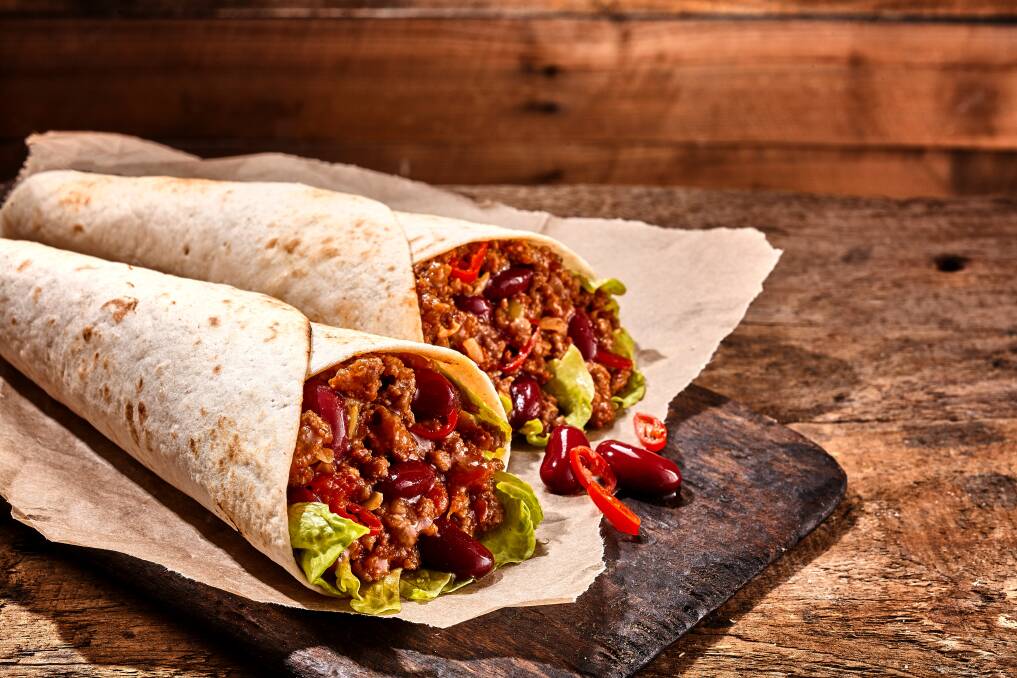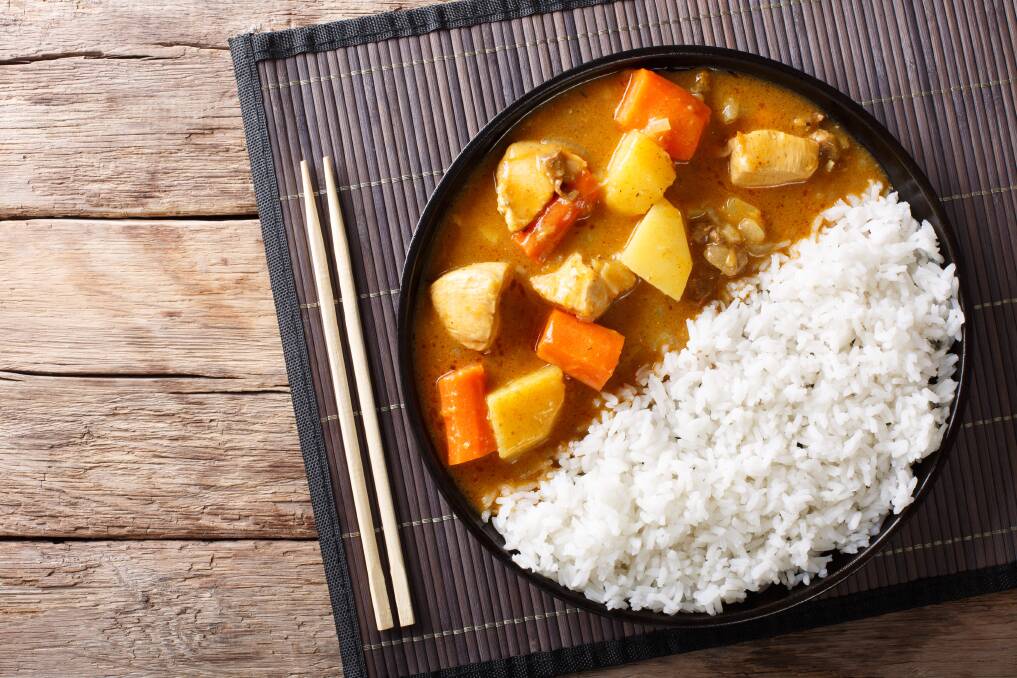4 Fusion cuisines you need to try before 2022 ends

This is branded content.
"When cultures mix, fusion is inevitable."
It's impossible to start discussing fusion cuisine without remembering this crucial takeaway from renowned cookbook author Corinne Trang. The Jamaican patty, for instance, is the birthchild of colonial England's turnover and African spices. Meanwhile, it isn't a Vietnamese banh mi if its ingredients aren't held together by a French baguette.
Whether or not your home country has a colonial history like Australia, fusion cuisine is more typical than you might think. Nowhere is this more evident than now, thanks largely to globalisation bridging cultures from one end to another. As a result, you have an array of fusion cuisines to choose from, though you'd want to try the following before 2022 ends:
1. Tex-Mex
Texas and Mexico shared a Hispanic colonial past as part of the New Spain territory that lasted for 300 years. After going their separate ways, Texans of Mexican descent-called Tejanos-began creating a cuisine distinct from Mexican cuisine but still inspired by it. As Texas became the 28th state of the U.S., the cuisine began integrating American influence.
As any Tex-Mex restaurant like Don Taco explains, Tex-Mex has subtle but critical distinctions from Mexican cuisine. For one, whereas Mexican cuisine varies wildly by region (e.g., Veracruz is more known for its seafood), Tex-Mex has no such variants. It gets the definitive attributes of Mexican food (e.g., depth of flavour) and incorporates it Texas-style.
For any enthusiast of good fusion food, picking out Tex-Mex from general Mexican cuisine boils down to the ingredients. A visible distinction is the type of cheese; Tex-Mex uses yellow cheese, namely Monterey Jack, while Mexican dishes have crumply white cheese.
2. Peranakan or Nyonya
Trade was a lynchpin of Chinese civilisation, so it's no surprise that their influence reached far and wide. They arguably exerted the most influence in Indonesia, Malaysia, and Singapore, one of which was cooking.
The influx of Chinese immigrants in the 13th to 15th century gave rise to a culinary subculture known as Peranakan or Nyonya (sometimes spelled Nonya) cuisine. As they intermarried with the locals, their "Peranakan" or "locally born" inherited the cuisine's ways. Simply put, it's the marriage of Chinese ingredients and Indonesian and Malaysian spices and cooking techniques.
If the cuisine has a flagship dish, it's probably ayam buah keluak. This braised chicken dish uses various spices like turmeric, chilli, and galanga, but the key ingredient (aside from the chicken) is the native buah keluak nut. In its raw form, this nut is too dangerous to eat due to its cyanide content; but after treatment, it can taste like dark chocolate.
3. Yoshoku
Ask someone what the first few dishes come to mind when discussing Japanese cuisine; the likes of sushi, sashimi, and donburi are certainly on their lists. But what if you learned that hamburger steak, curry, and croquet are just as Japanese? Their take on these recipes, at least.
Japan's fascination for Western dishes started during the country's rapid industralisation in the late 19th century. Colonials had little to no appetite for the local food fare, forcing the Japanese to learn their recipes. As a result, Japanese cuisine spawned a subdivision, "yoshoku" ("Western food"), on top of "washoku," or purely Japanese dishes.

Yoshoku is so amalgamated into Japanese cuisine that many people might not consider it fusion cuisine anymore. Nevertheless, their version of "kare" or curry is far sweeter and less spicy than its Indian counterpart. Their tonkatsu or pork cutlet shares some similarities with European meat dishes, specifically the schnitzel.
4. Filipino
Peranakan cuisine proves that fusion cuisine doesn't need to be between a pair of countries or cultures. On the other hand, Filipino cuisine takes it several steps further by being a union of multiple cultures: Spanish, Malaysian, Chinese, American, Japanese, Indian, Arab, and more.
The cuisine's roots go back to the country's nearly 400 years of colonial rule. It endured 333 years of Spanish reign (with a two-year rule by the British in between), 48 years of American, and three years of Japanese before it gained its independence in 1946.
With that many colonisers, it's hard to say Filipino cuisine isn't fusion enough. One example is halo-halo, a dessert containing beans, yams, taro, and other sweet toppings on top of shaved ice. It takes inspiration from the Japanese shaved ice dessert known as kakigori, the difference being that kakigori typically only has flavoured syrup and milk.
Like some cuisines, Filipino cuisine enjoys the advantage of prevalence. With Filipinos being the fifth largest migrant group in Australia, there's bound to be a restaurant or two serving its dishes.
Conclusion
These examples aren't all there is to fusion cuisine. There's no limit to the number of cuisines that people can combine, as long as the results provide a unique gastronomic experience. Start your fusion journey with these cuisines, but don't be limited to just them.


